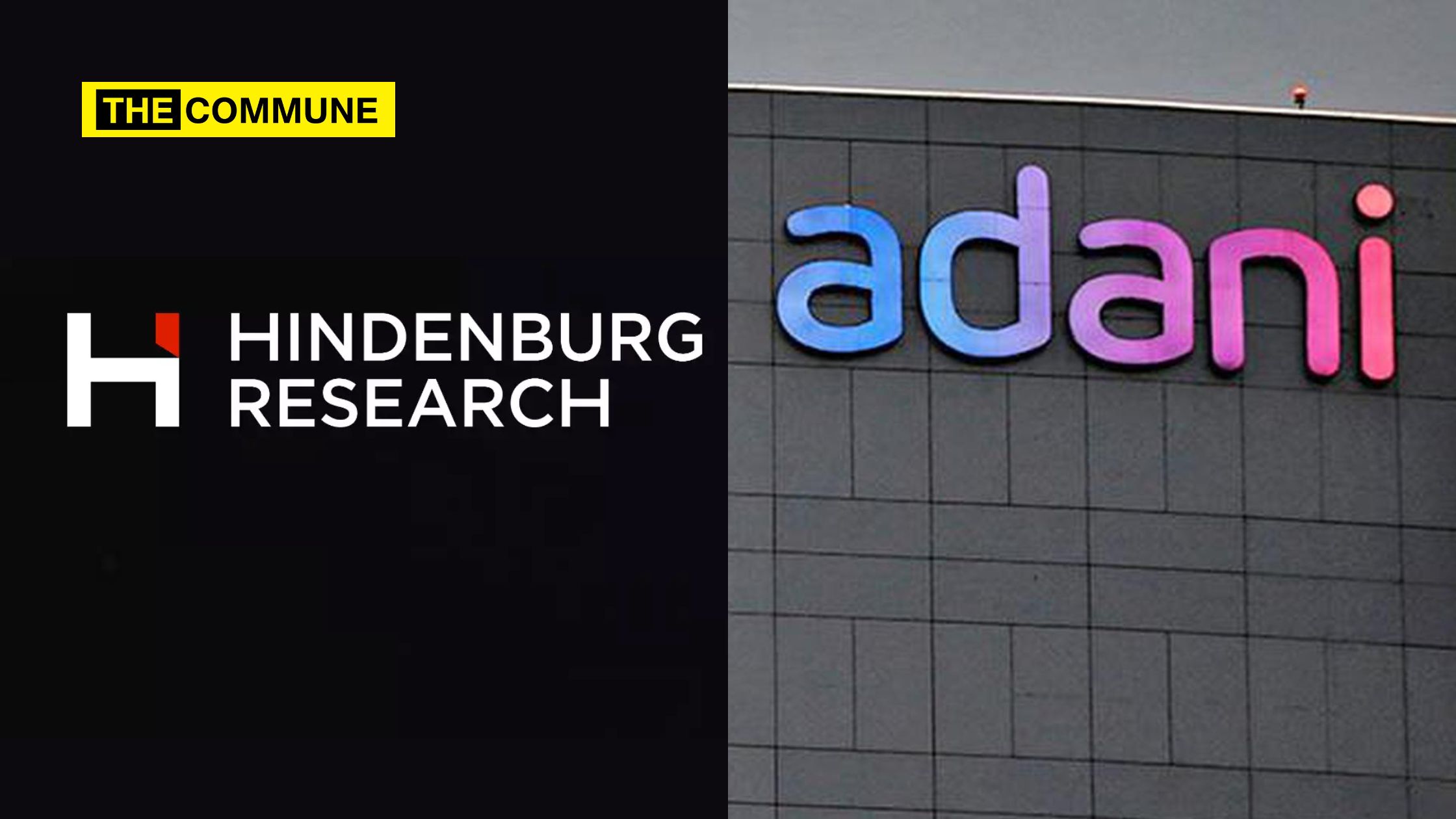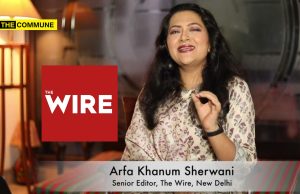
Hindenburg was largely known only to a small number of people in India, from its crash at New Jersey in 1937, until a fortnight ago when it brought about crash in the share prices of Adani Group in India.
They wrote a scathing report with largely known issues and shared with a few privileged clients before releasing it in the public domain. I am not interested in examining the merit of the charges or comments or conclusions made in the report, but making an attempt to present a balanced view on the larger issues that this saga has raised without letting any bias cloud our judgement.
But before that, it is important to understand the business of short-selling which the likes of Hindenburg specialize in.
Shortselling: Is It Legal And Ethical?
Shortselling is not an illegal or unethical practice. Just like investors have a positive view (Bull) on a company or its shares or bonds, there are people that have a negative view (Bear) and want to benefit from a fall in the stock or bond prices. So a short-seller looks for vulnerabilities to exploit. Most short sellers go silent after taking a position and wait for it to play out. Have you heard of Paulsen & Co or Mike Burry that made a fortune during the sub-prime mortgage crisis in US? Probably not, as they went about their jobs. And they were not questioned for betting against the “American Dream”. And we have had our own short sellers in the past like Manu Mundra and it is said that Big Bull Rakesh Jhunjhunwala also practiced short selling, before he started to believe in India’s growth story!
Usually short selling keeps the market valuations fair and helps in maintaining a balance. As financialisation of savings take deeper root in India, it is essential for even the retail investors to generate healthy long term returns. As India grows as an economy and financial markets mature, we will have diverse set of investors that will play markets different than the typical buy and hold investor (or long – only). The investor community and our markets should be ready to handle that.
How Did Hindenburg Short?
“short positions in Adani Group Companies through U.S.-traded bonds and non-Indian-traded derivatives, along with other non-Indian-traded reference securities”
To me this is the most interesting piece of the puzzle. While it is easy to identify vulnerable companies in India, its not easy to express a bearish view in in any emerging market security, given the inherent lack of liquidity. In this extant case, the short sellers have used the US traded bonds and derivatives (probably through buying what is called Credit Default Swaps or CDS, that grows in value when the credit risk increases).
Adani USD was largely BBB-, meaning they belong to a category called high yield bonds that rarely trade and if they trade USD 10 million in a month, it’s a surprise. The bond markets operate through broker-dealer and faith is critical. When some broker calls you and says he has a seller, the first question is – who is the seller – Is it a hedge fund, bond fund, HNI etc? And the secon question is – Why is he selling?. The motivation of a seller is critical, which makes it difficult to short sell at scale.
Another suggestions that it could be a large Over The Counter (OTC) position is little stretched, as it would be imprudent for a bank to take a large exposure and selling down the position is difficult. Hence my guess is the short position on Adani bonds is likely to be small and in the range of USD 10-15 mn (lets say ₹100 cr). Anything above, I would be surprised. And for all practical purposes, this could be lot lower.
In my view, the short seller might have created short positions in ADRs (American Depository Receipts) of Indian entities or ETFs (Exchange Traded Funds), probably hoping to benefit from a spill over or a mass hysteria. Most commentators suggest that there was nothing new in the long research note and most issues have been raised by various Indian media outlets over the last couple of years.
Why The Bloodbath Happened?
There could be multiple reasons and we would never know why in the clearest sense and it will remain a folklore, where you will have somebody that you know knowing someone that they know that did something. But some simplistic reasons could be panic selling by Indian holders, some selling to subscribe FPO (economically speaking, partly paid shares are better to own than fully paid shares) or it could be margin calls, considering the meteoric rise and the fall in the stock prices or any other reason.
This saga has raised lot of important questions and we look at some of them below.
The Capital Market Strategy Of Adani Group
While it was necessary to raise equity capital, the choice of FPO (Remember this is a partly paid share and not the same as the one that is currently listed) as a route suggests that they might have missed reading the markets. Most of the recent PP issues were done at a deep discount (Reliance in 2020 or Bharti Airtel in 2021). While a rights issue offer a significant pricing flexibility, an FPO does not. A retail issue of this size – ₹6000 cr (30% of issue size) needed effective marketing but we did not see much by way of that!
The ideal structure should have been a rights issue at a deep discount, that promoters could have renounced through sale of entitlements in markets. This could have helped as the retail investors might have participated and promoters could have used it to reduce their stake as well as reduce leverage.
What Can Adani Do Now?
They need to build investor confidence quick and fast. They can consider to bring in strategic investor in quality, cashflow generating businesses they own. Another alternative will be to buyback some of the USD bonds to comfort the investors.
Irrespective of the outcome, there will be a growth slowdown in Adani, as their access to markets will be tricky and they may need to postpone some of their investment plans. It also gives them an opportunity to carryout a strategic analysis of businesses and exit any non-core investments, which will also help them reduce debt.
The common issue that has hurt over the last few years is financing promoters through what is called as “Loan Against Securities or LAS”. While most companies maintain debt at low levels in the operating entities, LAS introduces an element of leverage at promoter’s holding company, which adds to the risks in bear markets and makes the group vulnerable. Any reduction in promoter LAS will be a welcome change.
Is There A Contagion Risks To Indian Banks
While I would have thought that its possible a few years ago, the same is not the case today. The banks are clean and looking to expand credit. The exposure of the Indian banks to Adani as a percentage of all bank loans is less than 1% and this is an issue specific to the group and not a systemic issue. To add to that most of the loans in India are to the operating companies in India with many of them generating cash flows and prompt in servicing debt.
What Should Retail Investors Do?
Most Mutual Funds in India, have emerged winners in this just by staying away investing in Adani group companies. Although its difficult to say where the stock price rout may end, retail investors should take cues from institutional investors when investing in troubled times and will do well not to blindly follow ultra HNIs as their risk tolerance and ability to handle a loss is very different!
Implications For Other Overseas Issuers
Most Indian companies are seasoned issuers in overseas bond markets. Not too long ago, in 2007, India companies were one of the largest FCCB issuers. This saga is a clarion call as the overseas markets may hold them to a higher governance level than what is required by law. In addition they will need to understand the modality of shorting employed by Hindenburg or its clients as well as consider the outcome of this saga in their decisions in future.
What Should The Government Do
The government did nothing, while the Finance Secretary (in his personal capacity) left it to markets and Adani to sort it out. They did what they had to do – just remain on the sidelines, as Adani scrambled to halt the damage. This was probably the best response the government could have come up with, as anything else could be seen as cronyism.
In the budget of 2019, a proposal for increase of free float (public ownership of listed companies) to 35% (from 25%) was mooted by Finance Minster Nirmala Sitharaman. While the proposal metb with resistance at that point in time, its probably time to consider implementing it now. Larger free float could help keep valuations in the fair zone as well and absorb the investment flows due to financialisation of savings. A crisis or even a semblance of one cannot go unutilised.
Both RBI and SEBI while reaffirming that the system is strong, stayed away from any punitive action against the messenger. Allowing market forces to prevail improves the perception of the market in the eyes of an investor. When an investor commits capital into an EM, they are aware of the risks too, but do not expect the regulator or governments to step in to prevent losses! They need stable and predictable regulatory and tax regime and would appreciate the role played here, contrary to what commentators think.
The message was clear and loud – while the system remains strong, the market will decide the fate of the short seller and the issuer – laissez faire at its best!
Click here to subscribe to The Commune on Telegram and get the best stories of the day delivered to you personally.




